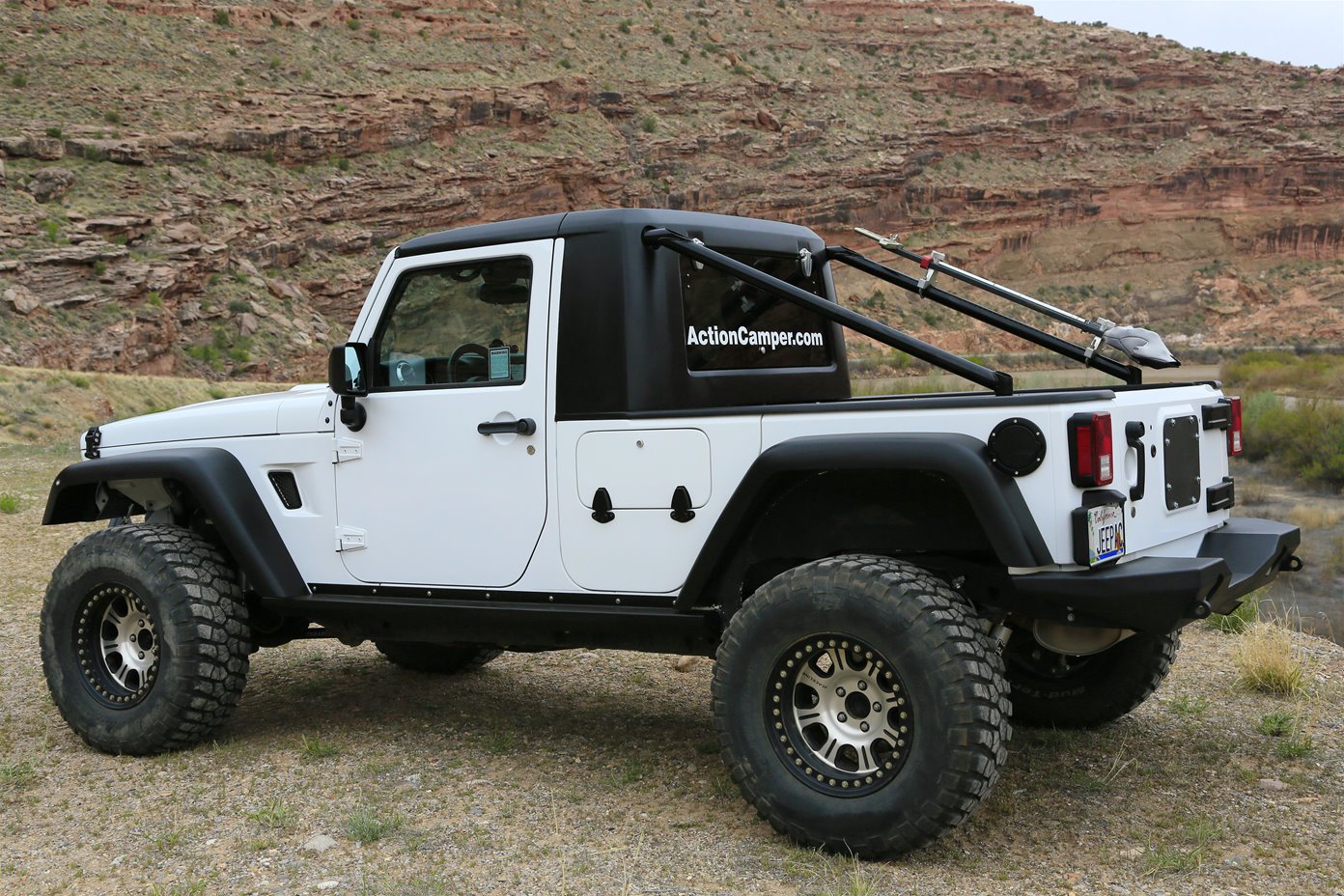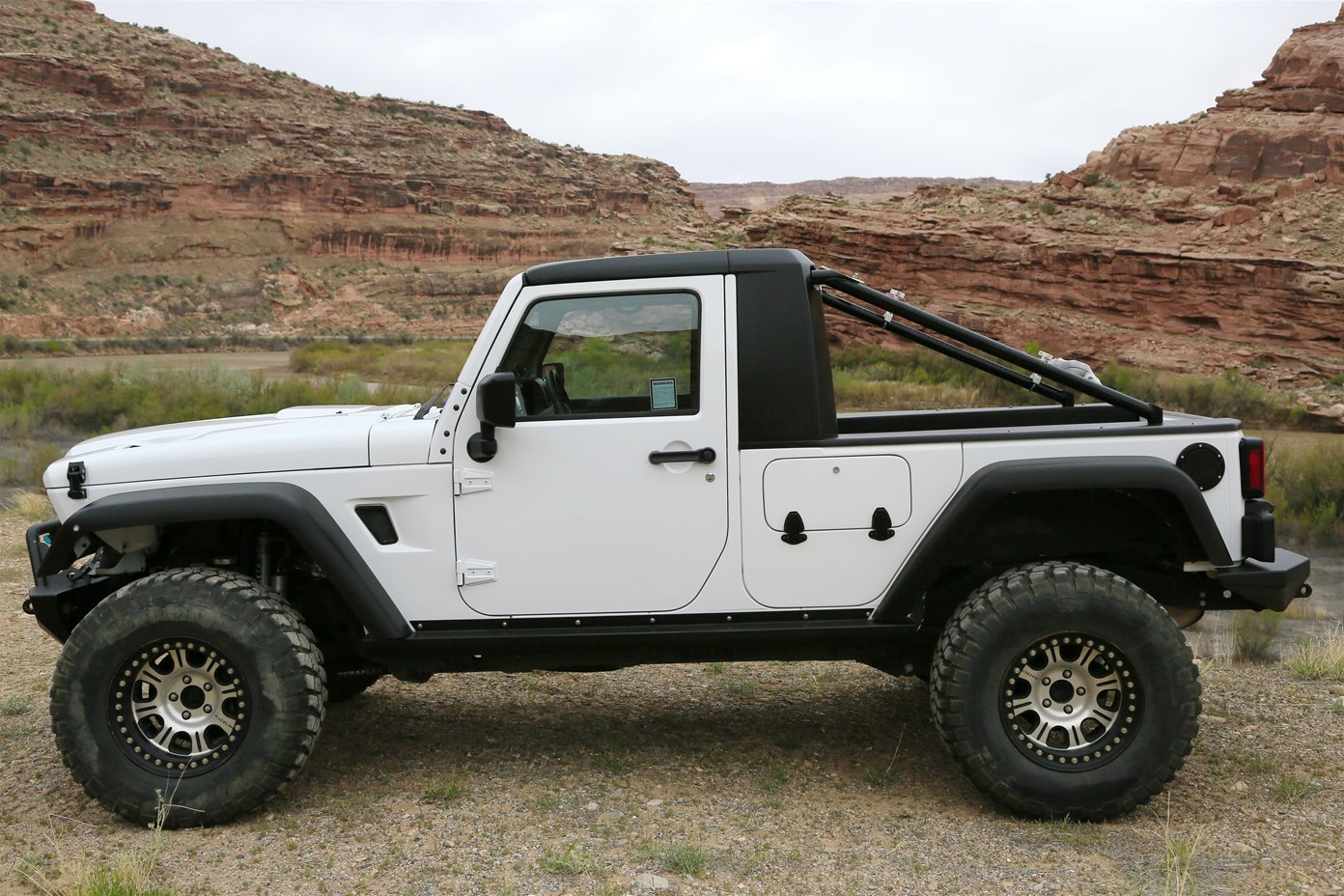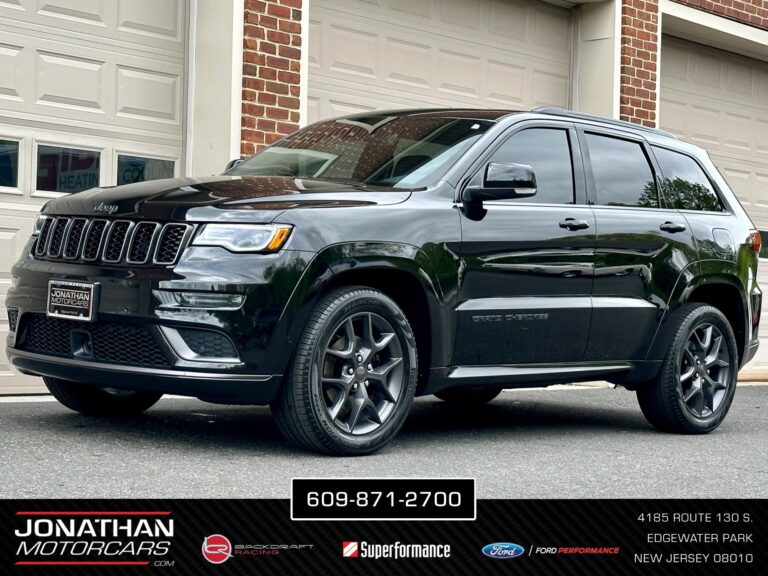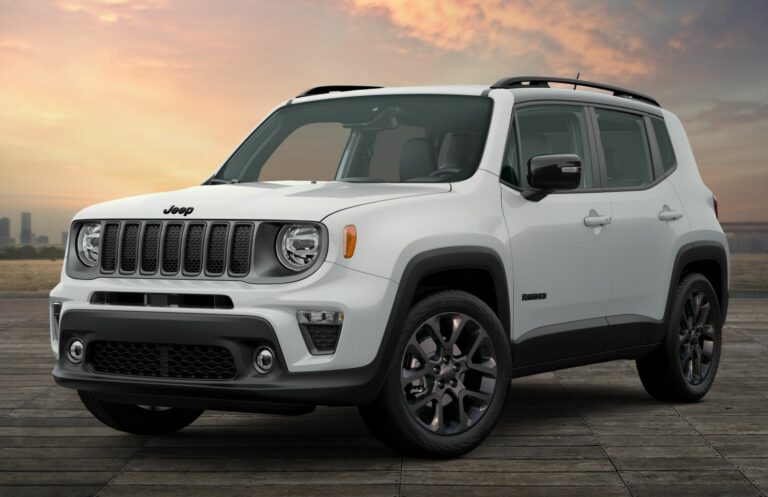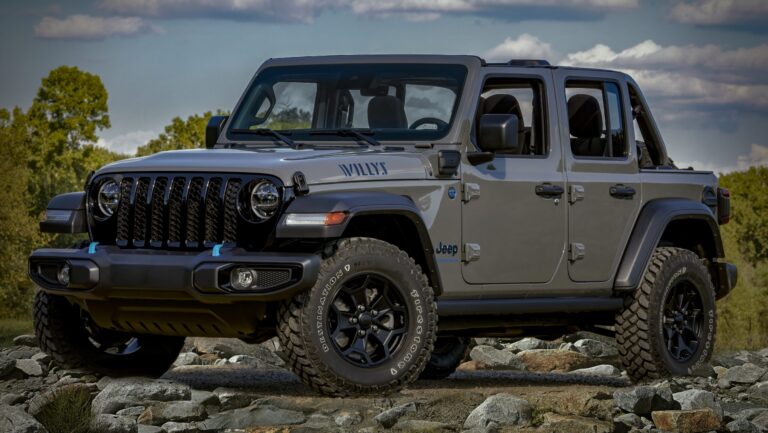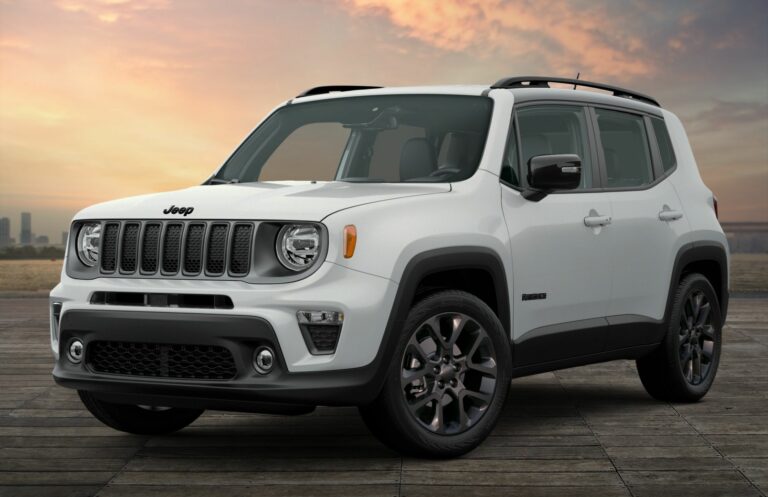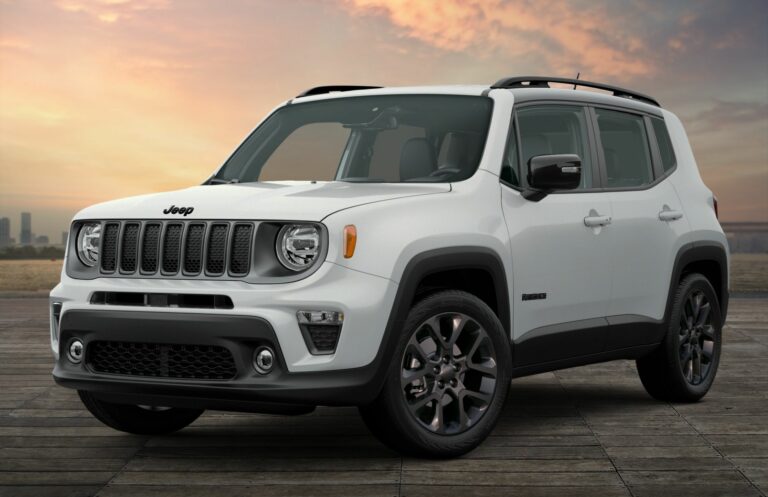Jeep Wrangler 2 Door Truck Conversion: Unleash the Ultimate Utility Rig
Jeep Wrangler 2 Door Truck Conversion: Unleash the Ultimate Utility Rig jeeps.truckstrend.com
The Jeep Wrangler has long been synonymous with unparalleled off-road capability and open-air freedom. While the introduction of the Gladiator brought a factory-built truck bed to the Wrangler platform, a unique niche has always existed for those who prefer the compact agility of the 2-door model but crave the utility of a pickup. This is where the Jeep Wrangler 2 Door Truck Conversion comes into play – a transformative modification that turns your iconic SUV into a rugged, short-bed truck, offering a distinctive blend of utility, customization, and trail prowess.
This comprehensive guide will delve into every aspect of converting a 2-door Jeep Wrangler into a truck, exploring its appeal, the process, critical considerations, and what you can expect from this ambitious undertaking.
Jeep Wrangler 2 Door Truck Conversion: Unleash the Ultimate Utility Rig
What is a Jeep Wrangler 2 Door Truck Conversion?
At its core, a Jeep Wrangler 2 Door Truck Conversion involves modifying the rear section of a 2-door Wrangler (typically a JK or JL generation) to replace the rear passenger area and cargo space with a dedicated pickup truck bed and a finished rear cab. This transformation effectively creates a unique short-wheelbase pickup, retaining the Wrangler’s legendary off-road DNA while adding the practical hauling capacity of a truck. It’s a way for enthusiasts to create a vehicle that perfectly suits their needs, whether for hauling gear, camping, or simply standing out from the crowd.
Why Embark on a 2 Door Truck Conversion?
The decision to convert a 2-door Wrangler into a truck is driven by a compelling mix of practical benefits and aesthetic desires:
- Enhanced Utility: The most obvious advantage is the addition of a usable truck bed. This provides open-air cargo space for dirty gear, tools, camping equipment, or anything that doesn’t fit neatly (or cleanly) inside an SUV.
- Unique Aesthetic: A converted 2-door Wrangler truck is an undeniable head-turner. It offers a blend of classic Jeep styling with a practical bed, creating a vehicle that’s both rugged and distinct. It’s a statement piece that differentiates itself from both stock Wranglers and the longer Gladiator.
- Compact Agility: Unlike the longer wheelbase of the factory Gladiator, a 2-door conversion retains the shorter wheelbase of the original Wrangler. This is a significant advantage for off-road enthusiasts, as a shorter wheelbase translates to a better break-over angle, making it more agile and capable on tight trails and extreme terrain.
- Personalization & DIY Satisfaction: For many, the conversion process itself is a rewarding project. It offers an unparalleled level of customization and the satisfaction of building something truly unique with your own hands (or with the help of skilled professionals).
- Cost-Effectiveness (Potentially): While not always cheaper, converting an existing 2-door Wrangler can sometimes be more cost-effective than purchasing a new Gladiator, especially if you already own the donor vehicle.
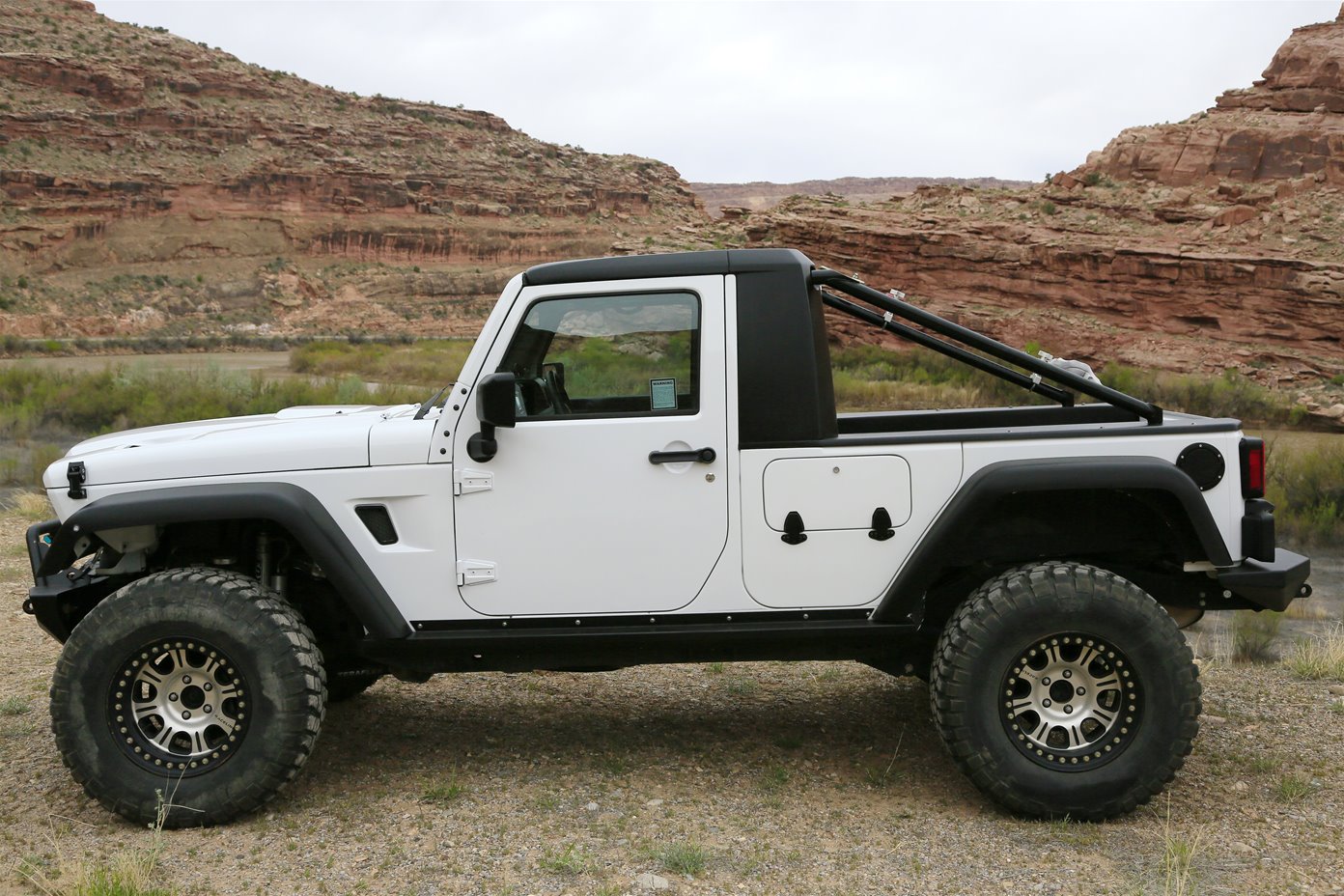
Types of 2-Door Truck Conversions
The approach to converting your Wrangler can vary based on your budget, desired outcome, and skill level:

- Bolt-on/Kit Conversions: This is the most popular and relatively straightforward method. Companies offer complete kits that typically involve removing the rear hardtop, rear tub, and sometimes parts of the roll cage. A new fiberglass or steel cab enclosure and a separate bed are then bolted or welded onto the frame. Examples include older AEV Brute conversions (for TJs/Jks) and various modern kits for JKs and JLs that provide a finished look with minimal custom fabrication.
- Cut-and-Fabricate Conversions: For the experienced fabricator, this involves extensive cutting of the original body tub and frame, followed by custom welding and fabrication of a new cab rear wall and a custom truck bed. This method offers ultimate customization but requires significant metalworking skills, specialized tools, and a deep understanding of structural integrity.
- Half-Cab Conversions: Some kits or custom builds aim for a shorter bed, essentially turning the rear into a small utility space rather than a full truck bed. This retains more of the original body structure and can be less intrusive.

The Conversion Process: A Step-by-Step Overview
Converting a 2-door Wrangler is a significant undertaking that requires careful planning, precision, and often, specialized tools.
-
Research & Planning:
- Kit Selection: Choose a reputable conversion kit that matches your Wrangler generation and desired aesthetic. Research reviews and installation guides.
- Legalities: Crucially, investigate your local and state laws regarding vehicle modifications, title changes (e.g., from "SUV" to "Truck"), and inspection requirements. This varies widely.
- Budgeting: Factor in the kit cost, tools, paint, labor (if professional), and potential unforeseen expenses.
- Workspace: Ensure you have a suitable, well-equipped workspace with proper ventilation and lighting.
-
Preparation & Disassembly:
- Strip the Rear: Remove the hardtop, rear seats, carpeting, and all interior trim from behind the front seats.
- Wiring & Fuel Lines: Carefully disconnect and secure any wiring harnesses, fuel lines, or brake lines that run along the frame or through the body in the areas to be modified.
- Roll Cage Assessment: Some kits require modifications to the factory roll cage. Understand these requirements and plan for reinforcement if necessary.
-
The Cut (The Point of No Return):
- Precision Marking: Using templates provided by the kit or meticulous measurements for a custom build, precisely mark the cut lines on the body tub.
- Cutting Tools: Utilize appropriate tools such as angle grinders with cutting wheels, reciprocating saws, or plasma cutters (for heavier gauge metal). Protect surrounding areas from sparks and debris.
- Clean Cuts: Make clean, straight cuts. This is critical for proper fitment of the new components.
-
Frame & Body Preparation:
- Frame Extension/Modification (If Required): Some kits might require minor frame modifications or extensions. This is a highly skilled task and often involves welding.
- Rust Prevention: Treat all exposed cut edges of the body metal with rust-inhibiting primer.
- Mounting Points: Prepare and clean the mounting points on the frame and body for the new cab and bed components.
-
Installation of New Components:
- Cab Section: Carefully position and secure the new rear cab wall or cab enclosure. This often involves bolting or welding. Ensure it’s square and level.
- Truck Bed: Install the new truck bed onto the frame, aligning it with the cab section. Secure it using the provided hardware or custom mounts.
- Sealing: Use automotive-grade sealants to ensure watertight connections between the new components and the existing body.
-
Wiring & Lighting:
- Tail Lights: Re-route or extend wiring for the tail lights, brake lights, and turn signals to the new bed location.
- Third Brake Light: Install and wire a third brake light, as required by law in most regions.
- License Plate Lighting: Ensure the license plate is properly illuminated.
-
Finishing Touches:
- Bodywork & Paint: Prepare the new components for paint. This may involve sanding, filling, and priming to achieve a seamless finish that matches your Jeep’s existing paint.
- Bed Liner: Apply a spray-in or drop-in bed liner to protect the bed from scratches and impacts.
- Interior Refinement: Install any new interior panels or trim for the cab area behind the front seats. Consider adding storage or a new rear bulkhead.
- Accessories: Install any desired truck bed accessories like tie-downs, tonneau covers, or bed racks.
Important Considerations Before You Convert
- Legal Compliance: This cannot be stressed enough. Check with your local Department of Motor Vehicles (DMV) or equivalent authority regarding vehicle reclassification, safety inspections, and registration. Some states may require a "reconstructed" title.
- Structural Integrity & Safety: Cutting and modifying the frame or unibody structure requires a thorough understanding of automotive engineering. Improper modifications can compromise the vehicle’s crashworthiness and overall safety. If unsure, consult or hire a professional.
- Cost Implications: Beyond the kit, factor in tools, paint, bed liner, and potential professional labor. The total cost can easily range from a few thousand to well over ten thousand dollars.
- Resale Value: While unique, a converted vehicle might appeal to a smaller, niche market. This could affect its resale value compared to a stock Wrangler or a factory Gladiator.
- Skill Level Required: This is not a beginner-level project. It requires mechanical aptitude, bodywork skills, and often welding experience. If you lack these, professional installation is highly recommended.
- Insurance: Inform your insurance provider about the significant modifications. Your policy may need to be adjusted, and some insurers might be hesitant to cover extensively modified vehicles.
Tips for a Successful Conversion
- Measure Twice, Cut Once: Precision is paramount, especially when cutting the body.
- Invest in Quality: Don’t skimp on the conversion kit or materials. Quality components ensure a better fit, finish, and longevity.
- Take Your Time: Rushing leads to mistakes. Plan each step thoroughly and be patient.
- Document Everything: Take photos and notes throughout the process. This can be helpful for troubleshooting, insurance, or future modifications.
- Seek Professional Help for Critical Steps: If welding or complex structural modifications are required, or if you’re unsure about wiring, consider hiring certified professionals for those specific tasks.
- Consider Paint Matching: Getting a perfect paint match between the new components and your existing Jeep can be challenging. A full repaint might be necessary for a seamless look.
Potential Challenges & Solutions
- Misalignment: New components not fitting perfectly.
- Solution: Meticulous measurement, dry fitting parts before final fastening, and making small adjustments.
- Rust: Exposed metal edges after cutting.
- Solution: Immediately apply rust-inhibiting primer and paint all cut surfaces.
- Wiring Headaches: Complex electrical systems.
- Solution: Use a wiring diagram, label all wires, and consider professional electrical help.
- Legal Roadblocks: Difficulty with registration or inspections.
- Solution: Thorough research before starting, clear communication with authorities, and retaining all receipts and documentation of the conversion.
Estimated Cost Breakdown for Jeep Wrangler 2 Door Truck Conversion
The cost of a Jeep Wrangler 2 Door Truck Conversion can vary significantly based on the chosen kit, whether you perform the work yourself, and the level of finish desired. Here’s a general price table for estimation:
| Component | Description | Estimated Cost Range (USD) | Notes |
|---|---|---|---|
| Conversion Kit | Fiberglass/Steel cab & bed kit (e.g., Gr8tops, AEV-style replicas, custom builds) | $3,500 – $10,000+ | Varies by material, complexity, and manufacturer. Higher end for complete, premium kits. |
| Professional Installation Labor | If hiring a shop to perform the conversion (excluding paint) | $3,000 – $8,000+ | Highly dependent on shop rates, complexity of the kit, and hours required. Can go higher for extensive custom fabrication. |
| Paint & Bodywork | Matching paint for new components, blending, clear coat, minor bodywork | $1,500 – $4,000+ | Varies by color, quality of paint, and whether the entire vehicle is repainted for a seamless look. |
| Bed Liner | Spray-in (e.g., Line-X, Rhino-Liner) or DIY roll-on/drop-in | $300 – $800 | Spray-in liners offer superior protection and durability. |
| Wiring & Lighting Components | Tail lights, third brake light, license plate lights, wiring harnesses | $200 – $600 | May be included with some kits, but often need to be sourced or adapted. |
| Miscellaneous Materials | Sealants, fasteners, primer, sanding supplies, cutting wheels, safety gear | $200 – $500 | Essential for a proper, durable, and safe installation. |
| Tools (If purchasing) | Grinder, saw, welder (if needed), air compressor, specialized wrenches | $500 – $2,000+ | Only if you don’t already own them. Renting or borrowing can reduce this cost. |
| Unforeseen Costs / Contingency | For unexpected issues, additional parts, or minor repairs | 10% – 15% of total | Always budget for the unexpected; it’s common in large custom projects. |
| Total Estimated Range | (DIY with Basic Kit) | $6,000 – $15,000+ | This range assumes you do most of the work yourself, excluding complex paint. |
| Total Estimated Range | (Professional Installation & Premium Kit) | $10,000 – $25,000+ | This range includes professional labor and a higher-end kit with quality paint. |
Note: These are estimates and actual costs can fluctuate based on location, specific product choices, and the condition of the donor vehicle.
Frequently Asked Questions (FAQ)
Q1: Is a Jeep Wrangler 2 Door Truck Conversion legal?
A1: Legality varies significantly by state and country. Some regions may require vehicle reclassification (e.g., from SUV to truck) and specific safety inspections. Always check with your local Department of Motor Vehicles (DMV) or equivalent authority before beginning the conversion. Retain all documentation and receipts.
Q2: How long does the conversion process take?
A2: For a DIY enthusiast, it can take anywhere from a few weeks to several months, depending on skill level, available time, and the complexity of the kit. Professional shops might complete it in 2-4 weeks, but this depends on their schedule and the specific conversion.
Q3: Can I do the conversion myself, or do I need professional help?
A3: A DIY conversion is possible for individuals with strong mechanical aptitude, bodywork skills, and access to proper tools (grinders, welders, etc.). However, for safety, structural integrity, and a professional finish, hiring a reputable shop or seeking professional help for critical steps (like cutting, welding, or paint) is highly recommended, especially if you lack experience.
Q4: Does converting my Wrangler void its warranty?
A4: Yes, any significant structural or body modifications like a truck conversion will almost certainly void relevant portions of your factory warranty. Aftermarket parts and their installation may have their own warranties.
Q5: How does a conversion affect insurance?
A5: You must inform your insurance provider about the conversion. It’s a significant modification that changes the vehicle’s type and value. Your policy may need to be adjusted, and some insurers might have specific requirements or limitations for heavily modified vehicles.
Q6: Is a converted 2-door Wrangler better than a factory Gladiator?
A6: "Better" is subjective. A converted 2-door Wrangler offers a shorter wheelbase, which translates to better break-over angles and improved agility on tight trails compared to the longer Gladiator. However, the Gladiator offers a factory warranty, guaranteed structural integrity, and a purpose-built design. The choice depends on your priorities: extreme off-road agility vs. factory reliability and warranty.
Q7: Will a 2-door truck conversion decrease my Wrangler’s resale value?
A7: It can. While unique, a converted vehicle appeals to a smaller, niche market. Some buyers may be deterred by a non-factory modification, potential legal complexities, or concerns about structural integrity. Its value will largely depend on the quality of the conversion.
Conclusion
The Jeep Wrangler 2 Door Truck Conversion is a bold and exciting project that transforms a highly capable SUV into an even more versatile and distinctive utility vehicle. It embodies the spirit of customization that has long defined the Jeep community, offering the compact agility of a 2-door Wrangler combined with the practical advantages of a truck bed. While it demands careful planning, significant skill, and a substantial investment, the reward is a truly unique rig that stands out on the road and excels on the trail, perfectly tailored to your adventures. For those willing to embark on this journey, the converted 2-door Wrangler truck is more than just a vehicle; it’s a testament to ingenuity and a passion for personalized performance.
